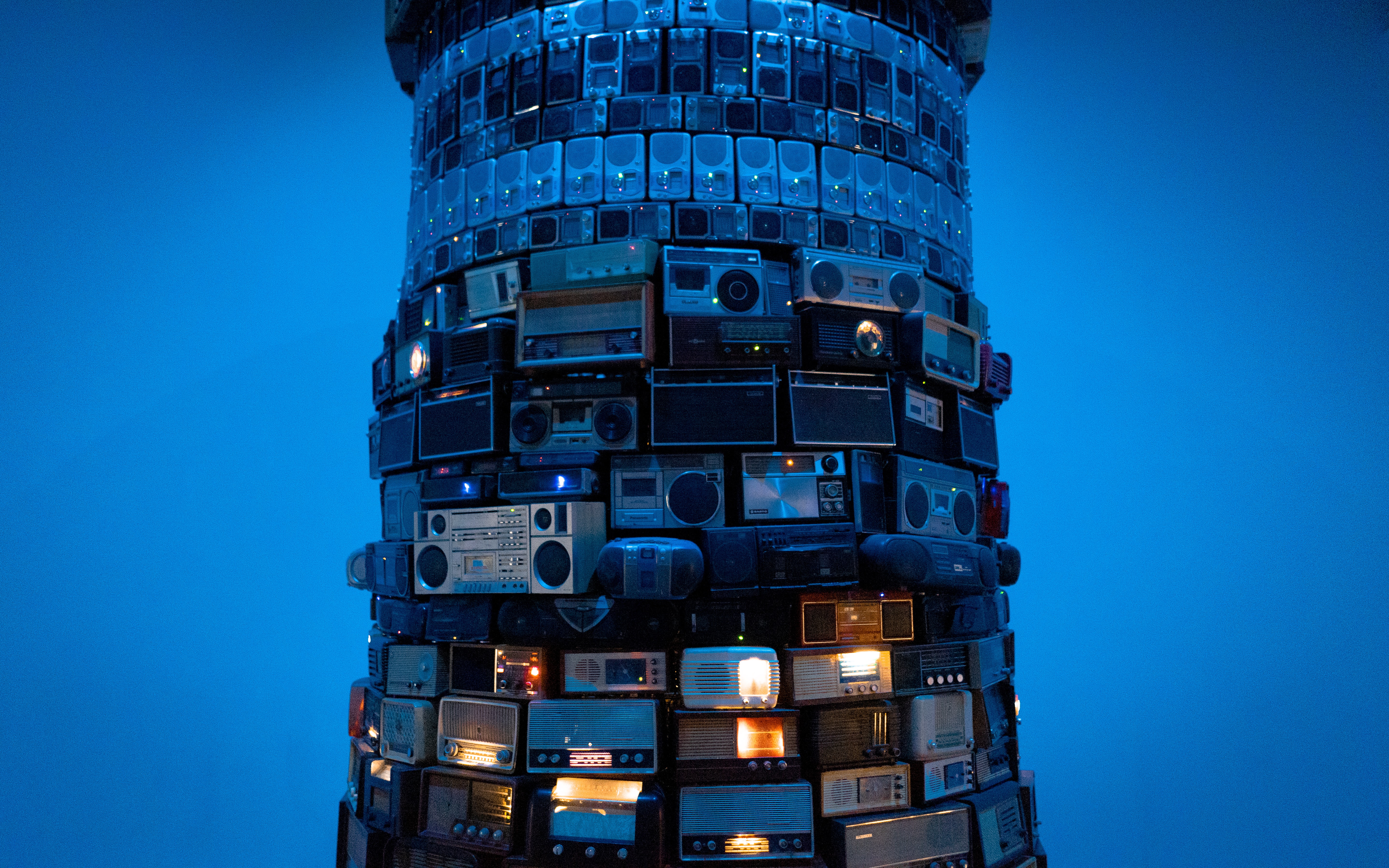
Sourcing Sound as Information
novembre 2, 2020 — The Big Picture
City sounds are not often considered a friend, but more of a nuisance to be reduced or even cancelled. As citizens, we tend to forget that, “we constantly rely on sounds to interact with our environment and plan our actions,” as Catherine Guastavino and Daniel Steele remind us in “What Should the City Sound Like?” And even if sound can be perceived and experienced very differently depending on the context and the person hearing it, the source of that sound does not change. Take the bagpipe example in Christine Kerrigan’s “Tuning In to Quality of Life,” the context of the listener can change, but whether you like it or not, a bagpipe playing is a bagpipe playing.
To make a long story short: urban sound is not noise – it is information. As humans, we are used to understanding and transforming sound to guide our actions. We don’t cross the road if we hear a roaring car. Today technology allows us to transfer this ability to smart cities.
Sound is information
Sensors of all kinds are installed in cities today. Smart cities are leveraging new technologies that include the Internet of Things (IoT) and Information & Communication Technology (ICT) to gain insights from data collection and processing to manage assets, resources, and services efficiently, enabling rapid and, hopefully, better urbanization. However, these smart solutions are still in most part deaf, as sound information is not yet exploited. Analyzing a city through its soundscape can help us better monitor city activities and generate actionable insights for local governments to save resources and improve quality of life. Today by combining acoustic signal processing with deep learning and data science it is possible to turn sound into information and actionable insights for city managers.
Sound analytics
Securaxis provides that means. For the past two years, we have built a strong team of acousticians, informaticians, and data scientists to develop a first-of-its-kind smart acoustic sensing solution for detection, recognition, localization, and reporting of sound in urban environments. Our goal was to address smart cities’ challenges to create more sustainable environments while protecting citizens’ privacy. To turn sound into information, Securaxis’ core technology combines three data processing modules, two of them involving neural network classifiers. For each application we build a specific model, harvesting real-world data to teach our technology to classify sounds.
We developed and constantly enrich our proprietary in house expertly labeled data sets. If you prefer, we train our solution to specifically recognize sounds related to city activity by exposing it to real sounds. It is a bit like you as a human being. If no one has ever explained to you the source of a weird sound you have never heard before (a bagpipe), you won’t be able to explain the sound the next time you hear it.
Think for instance about traffic monitoring. Smart Acoustic monitoring allows for the detection, counting, and categorizing of vehicles, including electrical vehicles, as well as determining their direction, flow, and speed. Its applications range from traffic-based lighting to traffic management. It also helps combat traffic-related noise pollution: ambient noise level is measured in real time to better understand it.
Or think about hearing sounds related to violence and insecurity in dark areas where you cannot see.
These are only a few examples of what can be done by monitoring sound.
Privacy
Monitoring traffic and parking lots does not have to involve technologies that identify individuals. The major advantage of intelligent acoustic monitoring over video in any urban context—other than being much cheaper—is that it does not carry the same implications for the privacy of citizens. Securaxis offers a solution without any images or recording; the data is light enough to be processed on the device at the edge of the network so the sounds never leave the streets. Only metadata is sent.
The controversies surrounding San Diego‘s Smart Streetlights program is a highly pertinent case. This program generated suspicion that the San Diego Police Department were using cameras installed on lamp posts for crime-solving rather than for their original purposes of optimizing parking and traffic together with tracking air quality. Accusations have been made that these cameras have been used to surveil protestors marching this summer against racism. The program has resulted in broken promises on civic innovation.
Broken promises could potentially mean broken laws as well. French legislation considers this kind of risk in legislation regarding information technology: “Information technology should be at the service of every citizen. (…) It shall not violate human identity, human rights, privacy, or individual and public liberties.”
There is increasing recognition and consensus in academic discourse that privacy norms are valuable not simply for individuals but for the maintenance of societal civility, pluralism, and democracy. In parallel, the technical reality that cannot be ignored is that large-scale data processing resulting from the interconnection of different data-gathering sensors can potentially lead to a serious invasion of people’s privacy with accompanying political fallout. These are issues to which city authorities and the manufacturers of sensors will need to give much consideration as smart city technologies become more commonplace.
Beyond the necessary regulations, new technologies, such as smart analytics, offer a way forward in this area of privacy protection without losing any “smartness.” A brief survey carried out during the jointly organized workshop by Securaxis and Newcities last month on urban soundscape illustrates this perfectly. Three-quarters of the participants acknowledged that sound should be a source of information to manage cities; these same respondents recognized that privacy is a growing concern for citizens.
Photo by Zoltan Fekeshazi on Unsplash